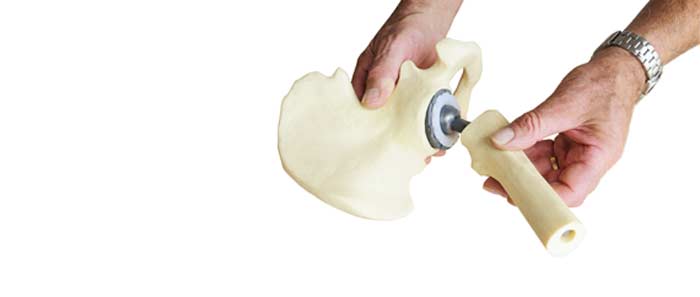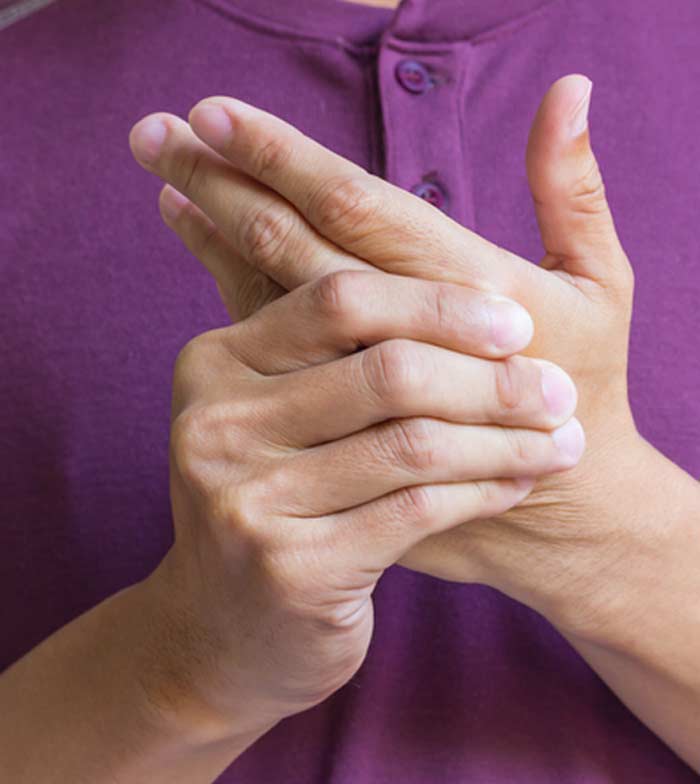
In the United States, it is estimated that about 54.4 million adults have been diagnosed with arthritis.
The most common form of arthritis is osteoarthritis. At the ends of the bones lies cartilage. Over the years, this starts to wear down due to regular use of the joints. This can cause discomfort and mobility issues.
Causes
Deterioration of the cartilage at the ends of the bones causes this condition. Cartilage has a slippery surface and becomes rough in the earlier stages of the condition. As more time passes, it can wear down completely. When this happens, the bones of the joints start to rub against each other.
Certain factors can increase the risk of developing osteoarthritis, including:
- Being female
- Previous history of joint injuries
- Having a family history of the condition
- Being older
- Obesity
- Working jobs that require repetitive motions
- Bone deformities that involve defective cartilage or malformed joints


Symptoms
The symptoms tend to come on slowly and become worse over time. Pain is among the most prominent symptoms. Affected joints may be more painful during or after movement. When putting pressure on a joint, it may be tender. After being inactive or sleeping, the affected joints might become stiff. Affected joints may have a reduced range of motion or a grating sensation during movement.
Bone spurs are also possible with osteoarthritis. These are bits of extra bone. Around an affected joint, these can feel like hard lumps.
Diagnosis
Diagnosis usually begins with the doctor examining the affected joint. They will be looking for swelling, tenderness, reduced range of motion and redness. In some cases, imaging or laboratory tests might be recommended.
Imaging tests allow doctors to look at the joint more closely. A general X-ray can help the doctor to see cartilage loss even though this type of imaging does not directly detect cartilage. They will look to see if the space between the joint’s bones is narrower. Bone spurs might also be detected via a general X-ray.
An MRI provides more detailed images of the joints. It can detect cartilage and other soft tissues near the joint. This is not commonly used to diagnose osteoarthritis but can be helpful for more complex cases.
Lab tests that look at joint fluid might be performed to determine if an infection or gout is causing a patient’s symptoms. Certain blood tests might be done to rule out other conditions.
Treatment
Medications are a common first line of treatment for this condition. The goal is to alleviate the patient’s pain so that they can be more active. Non-steroidal anti-inflammatory drugs are common since they alleviate inflammation. Those who cannot take this type of drug might benefit from acetaminophen. Osteoarthritis pain may also respond to duloxetine.
Physical therapy may be beneficial. This helps to strengthen the muscles associated with the affected joints.
In some cases, injections or surgical procedures could be necessary. These may include:
- Lubrication injections
- Cortisone injections
- Realigning the bones
- Joint replacement
